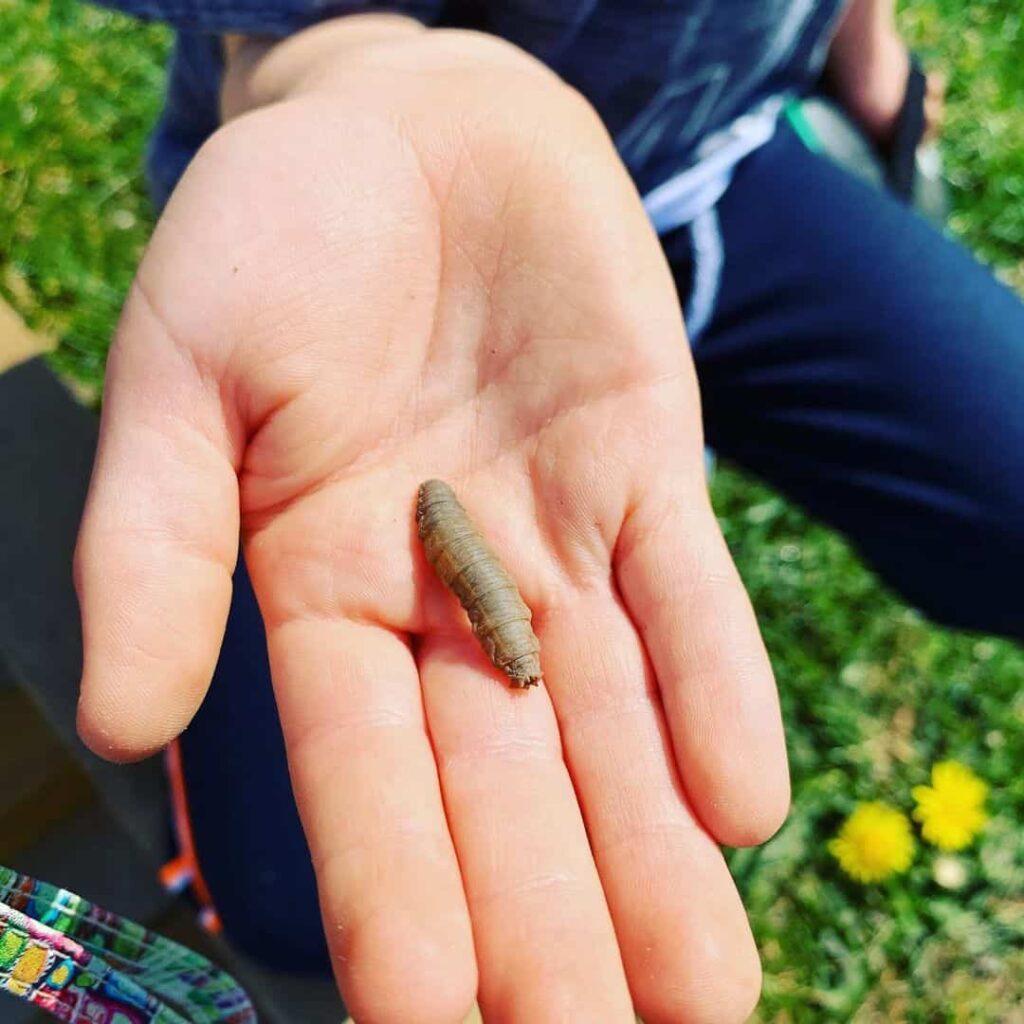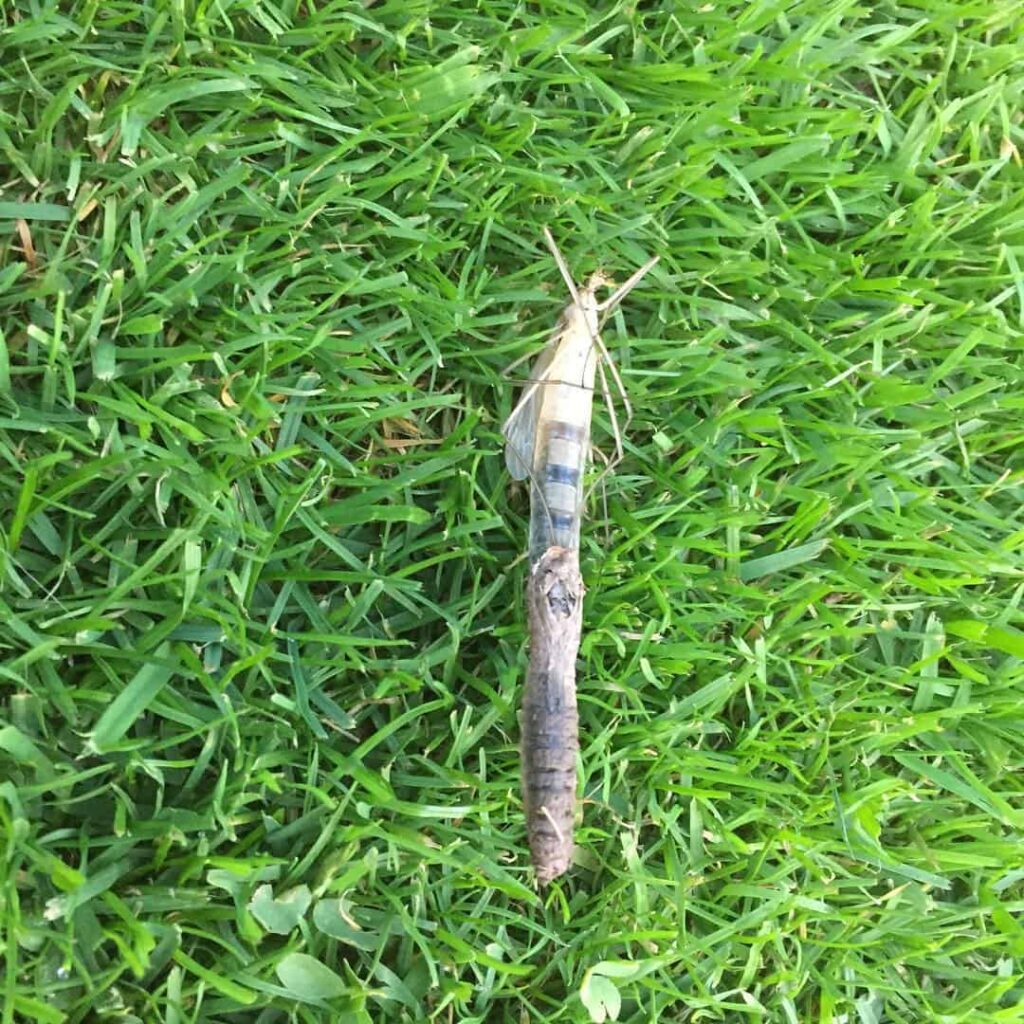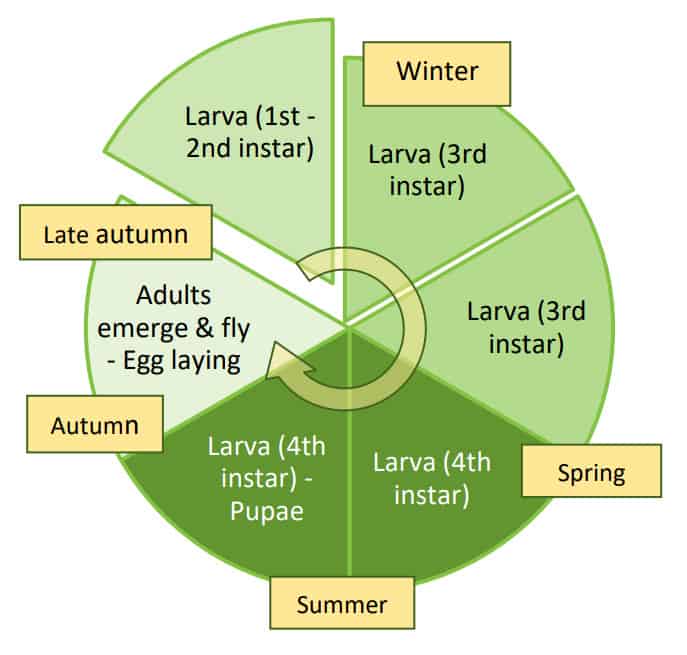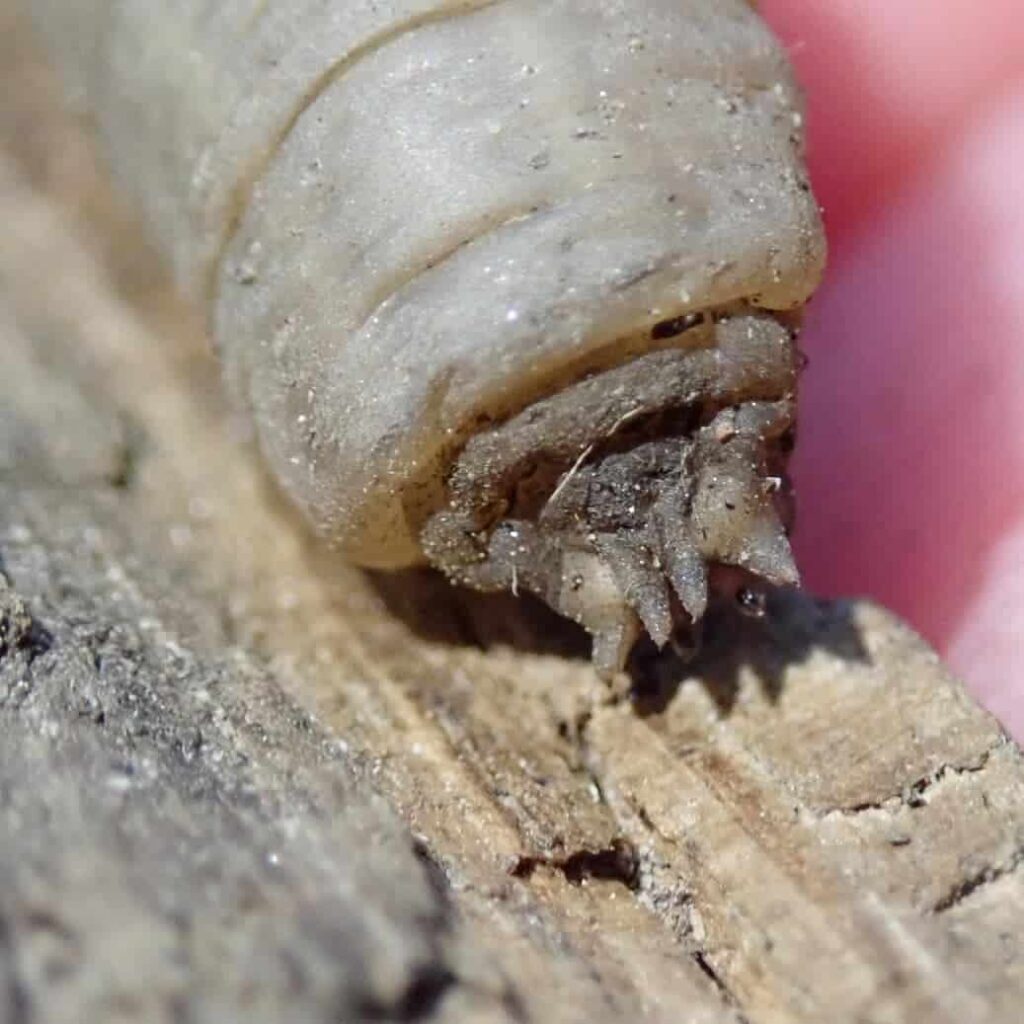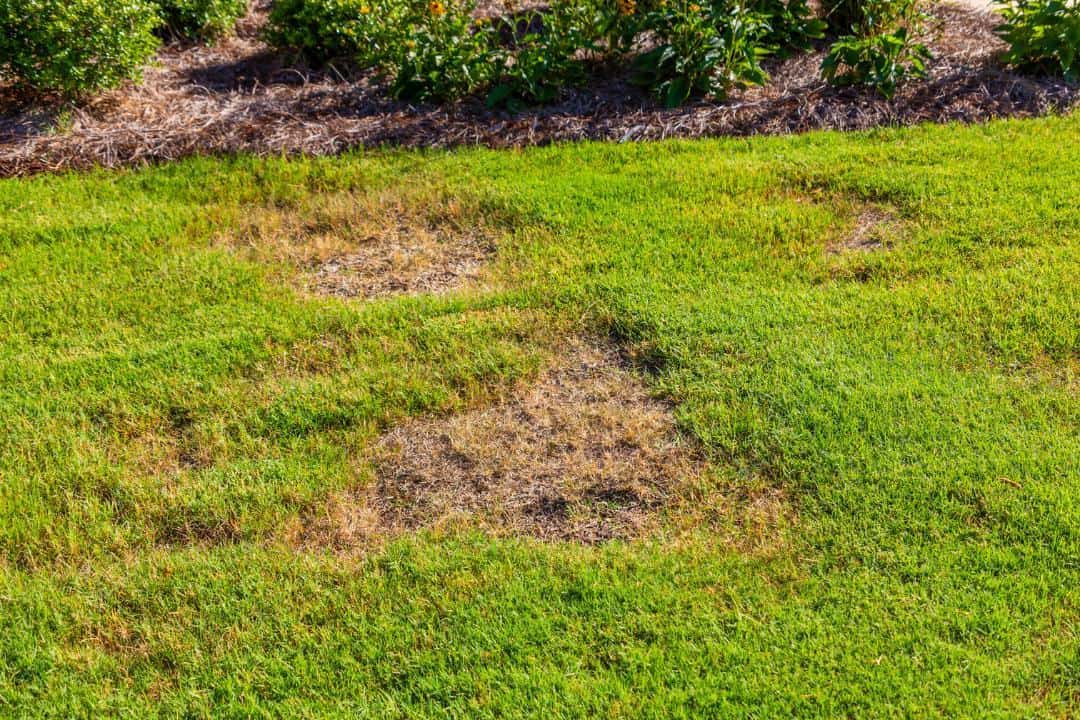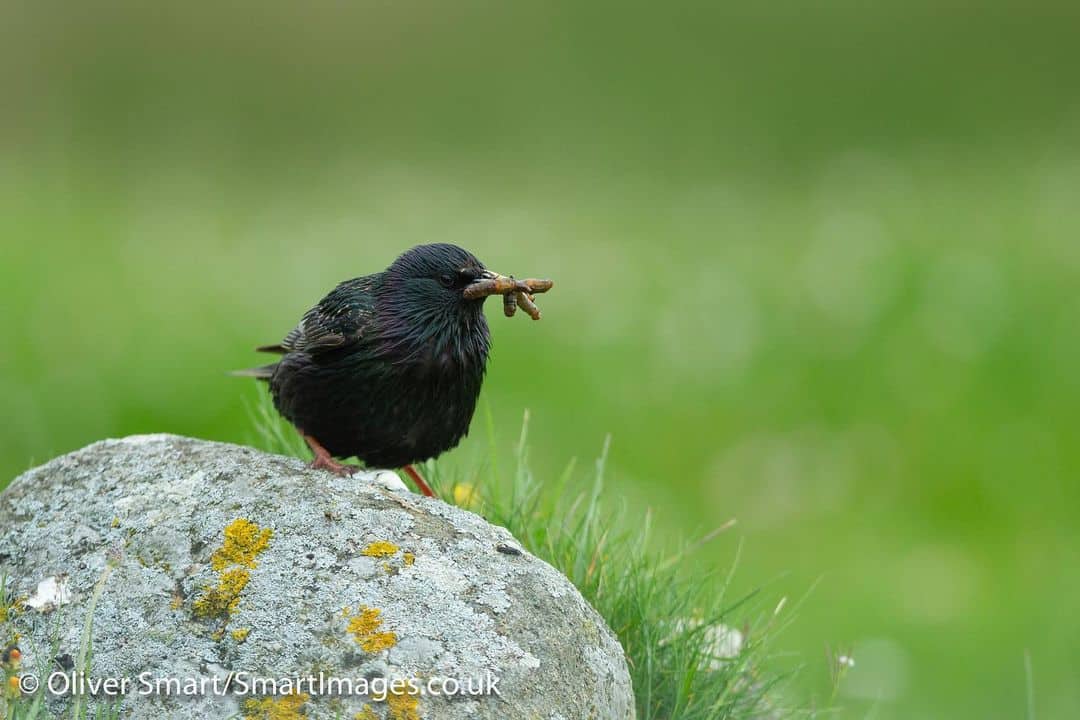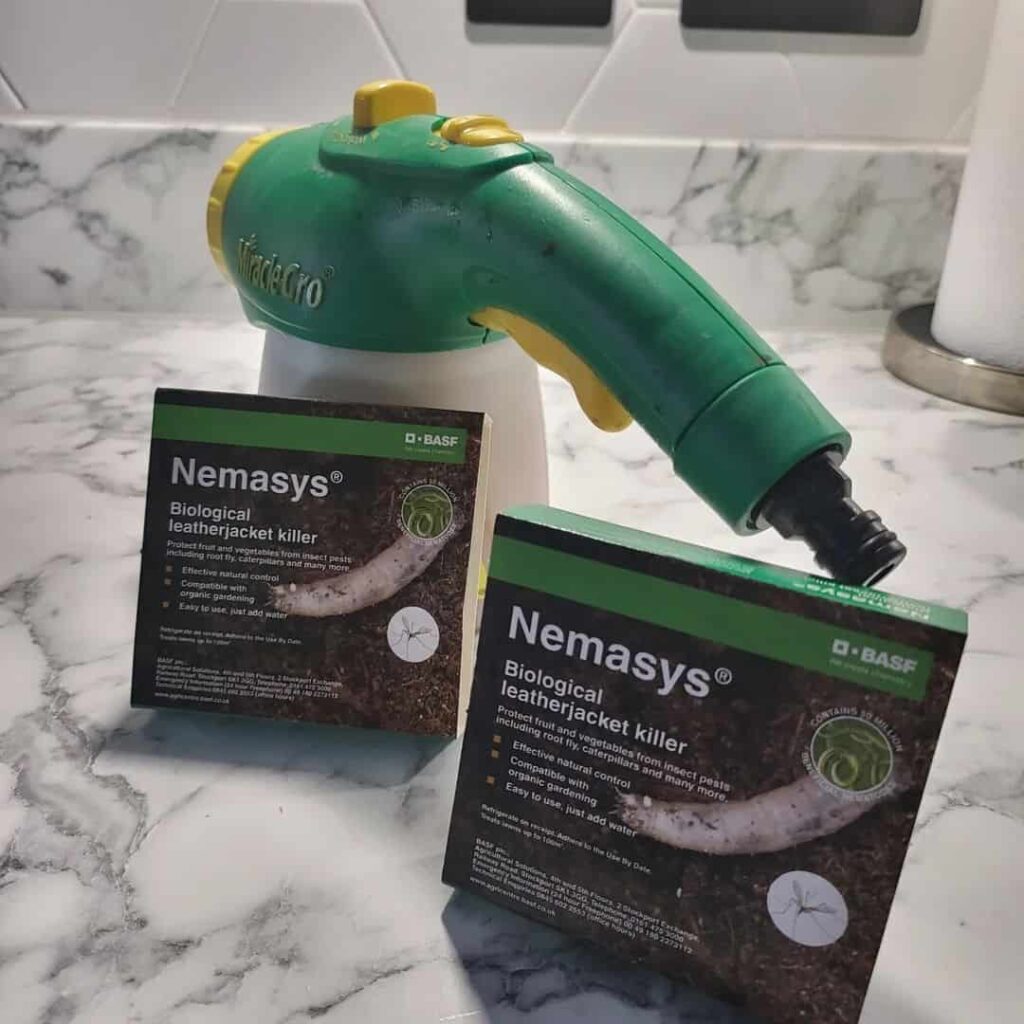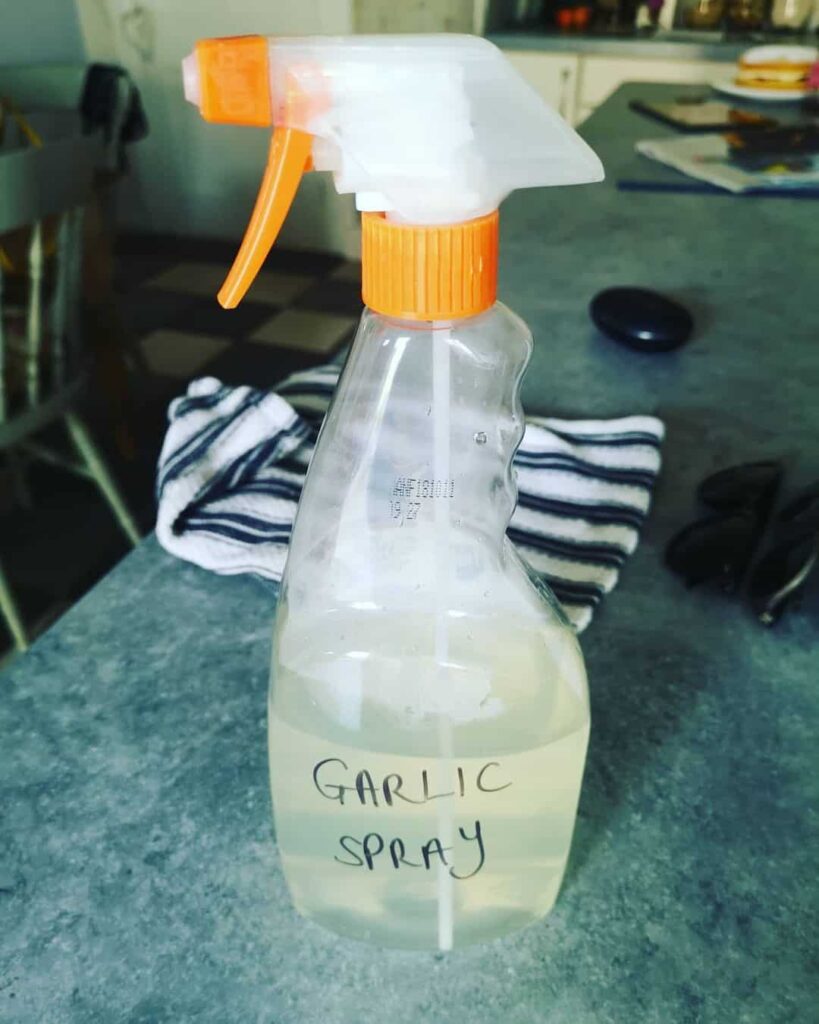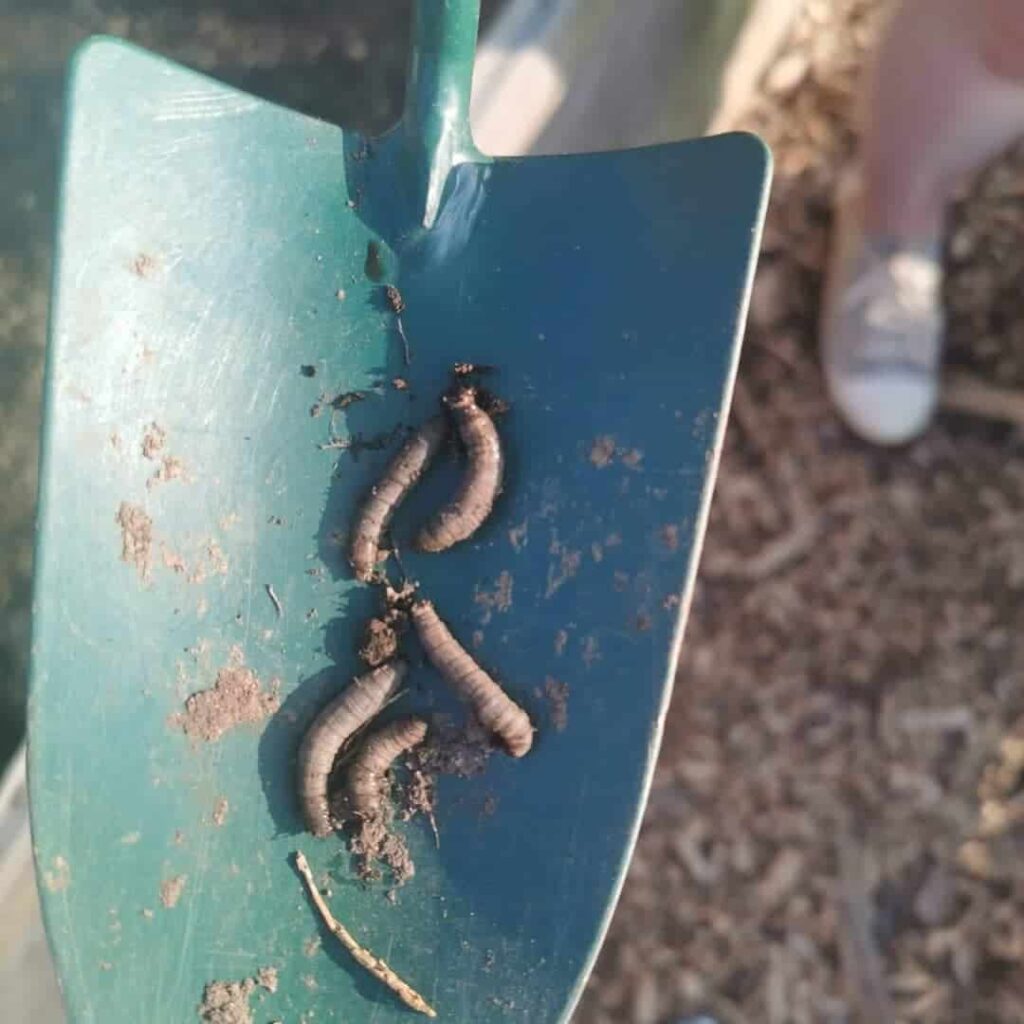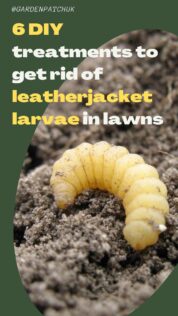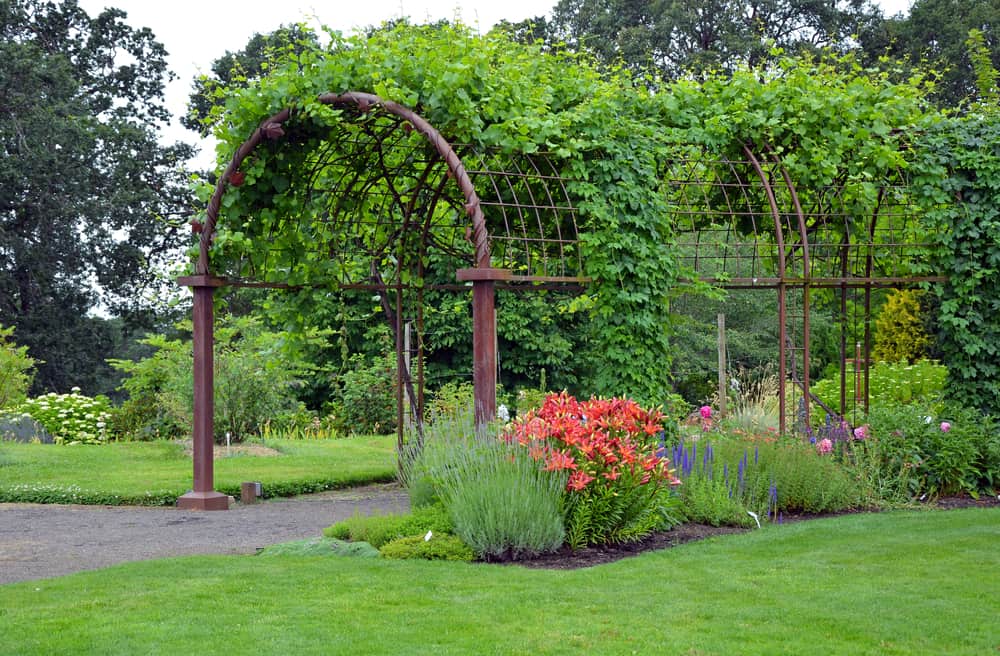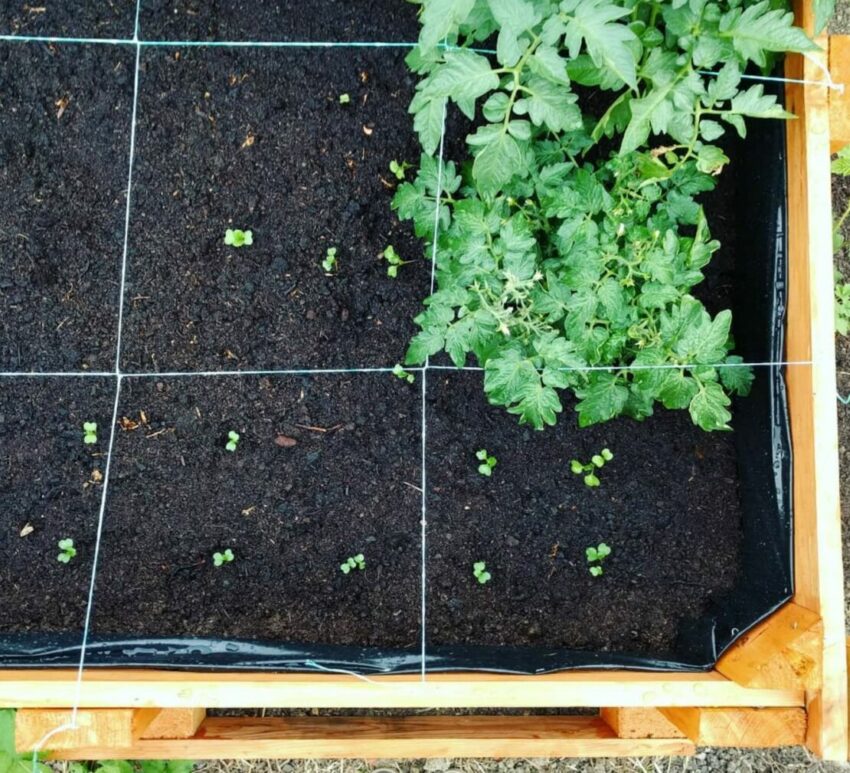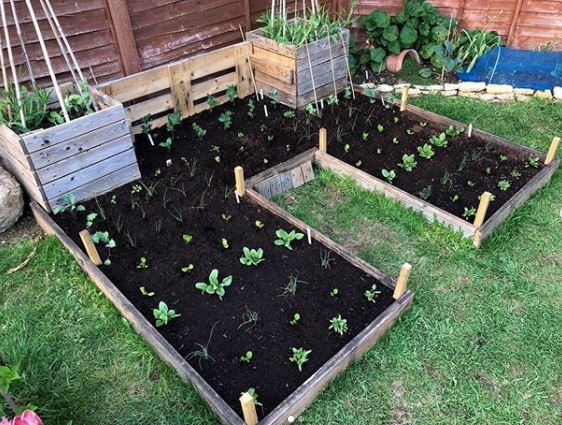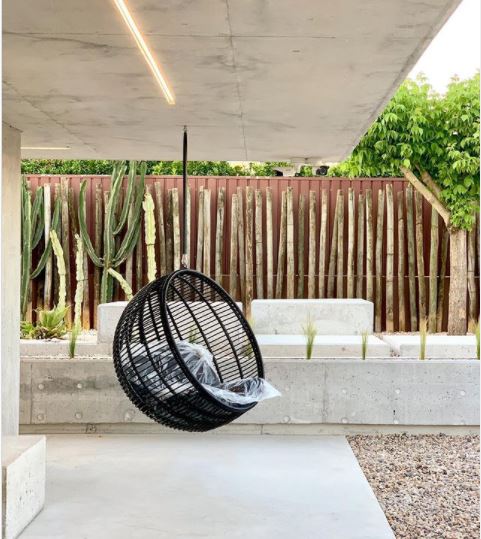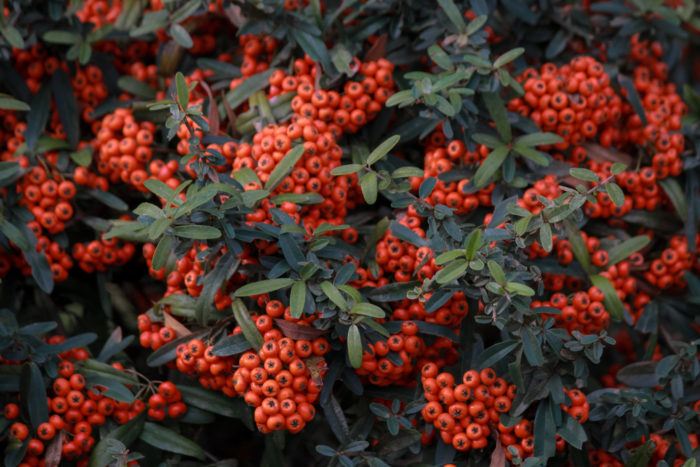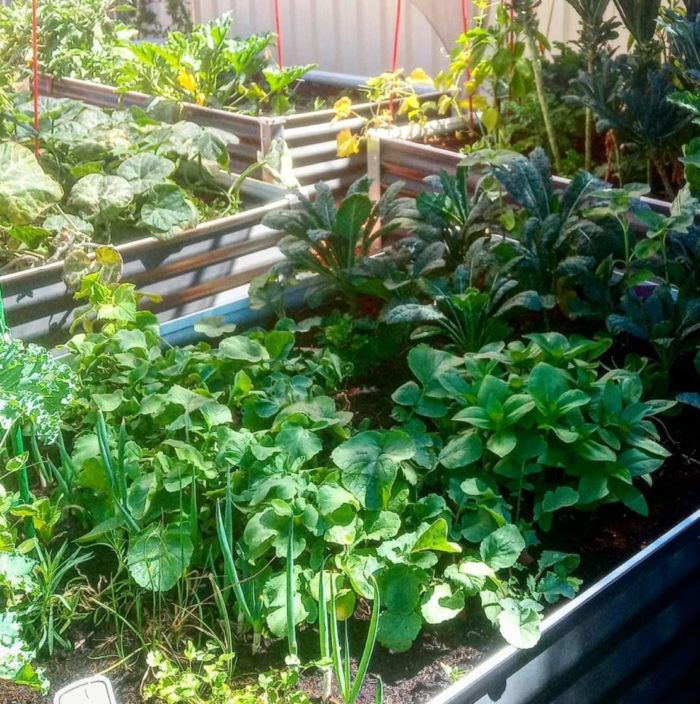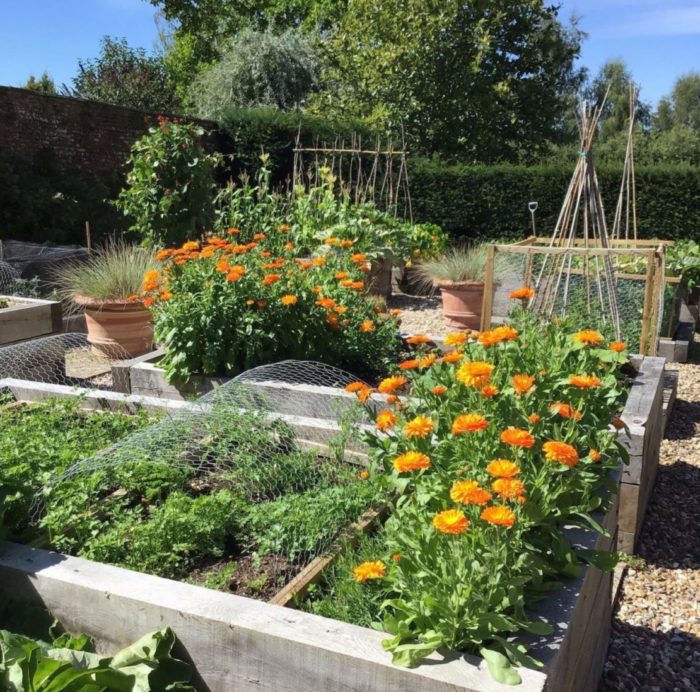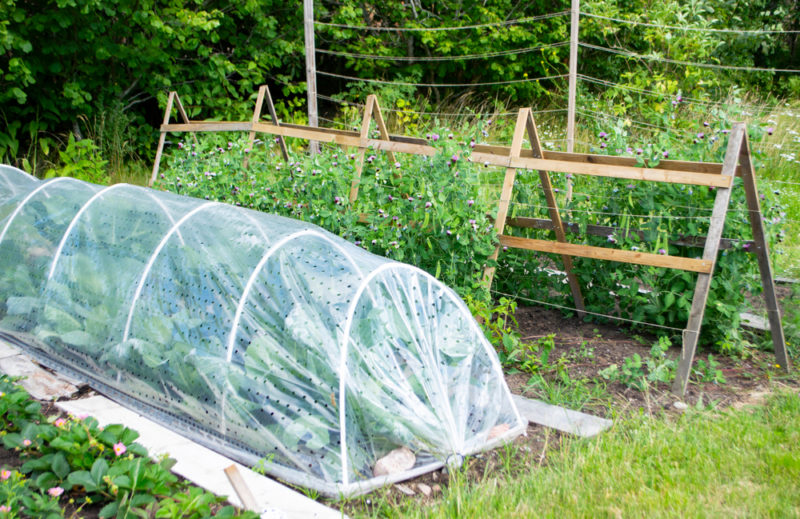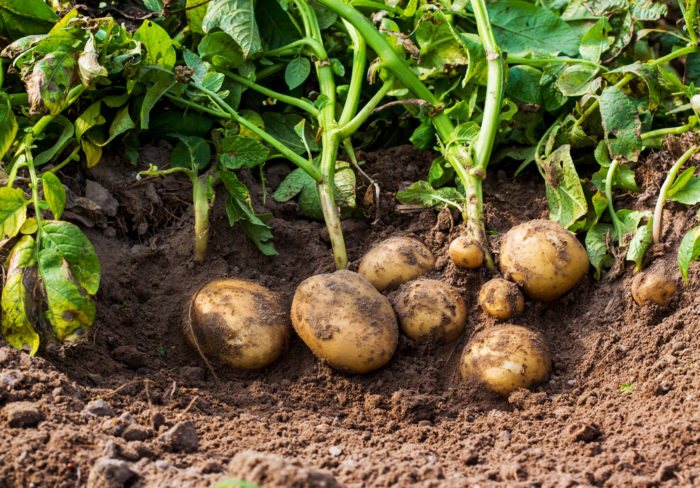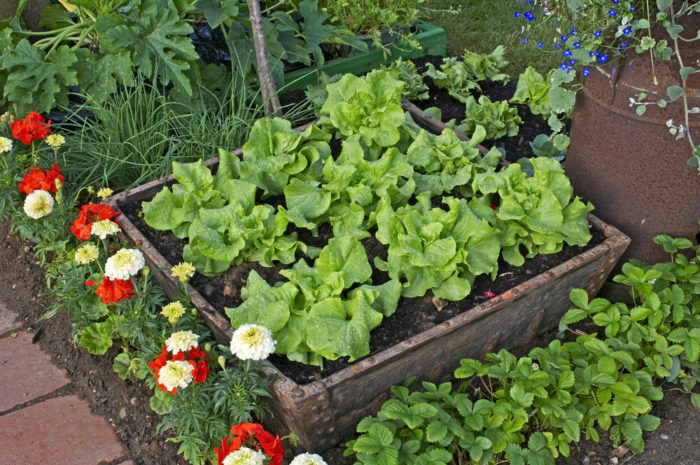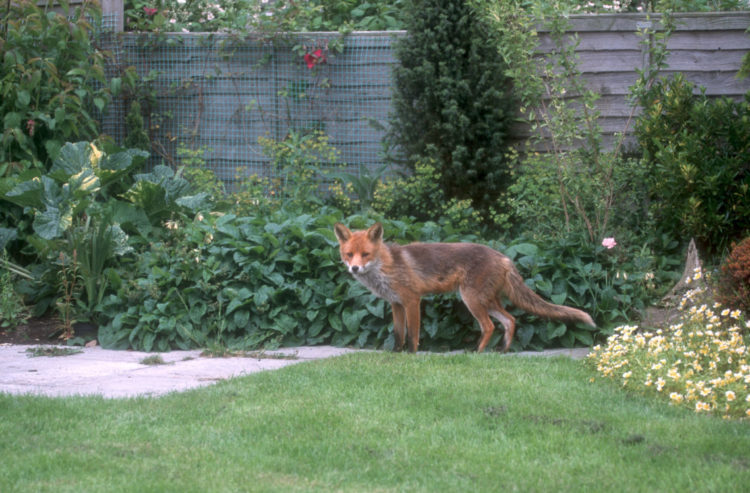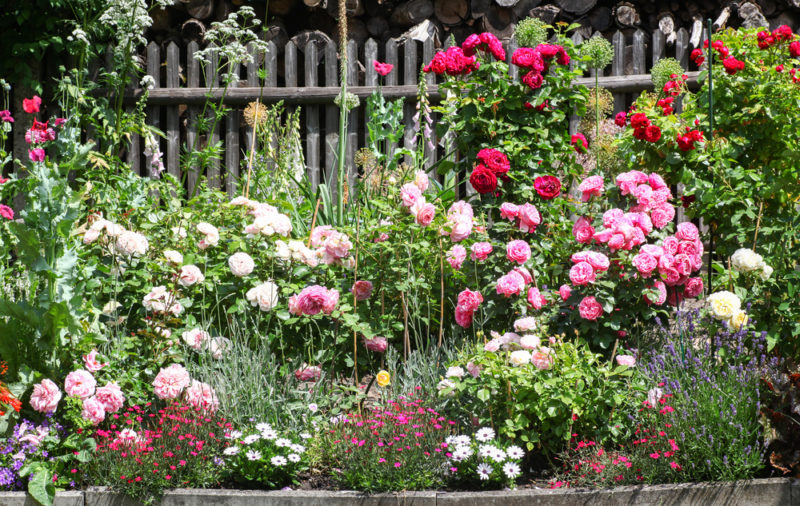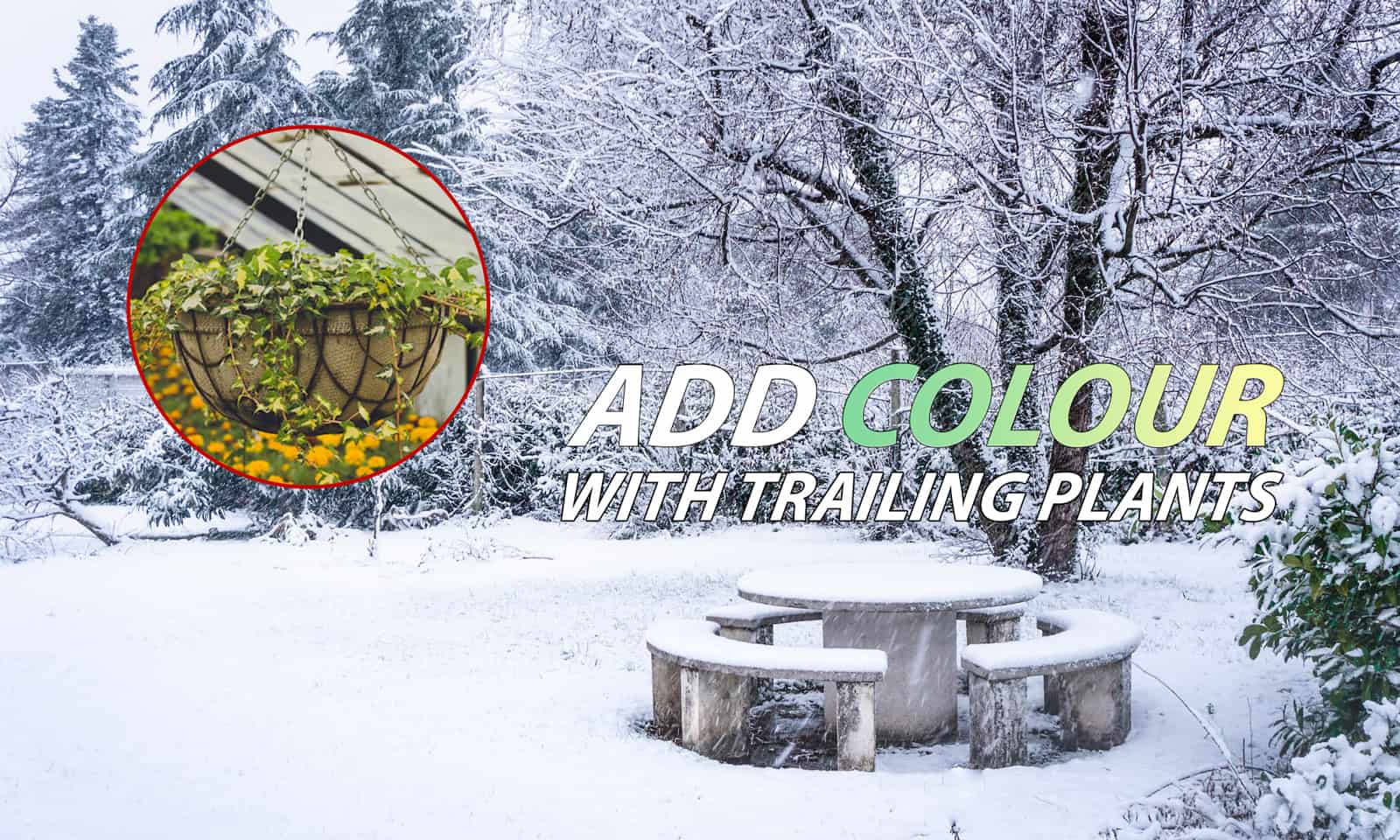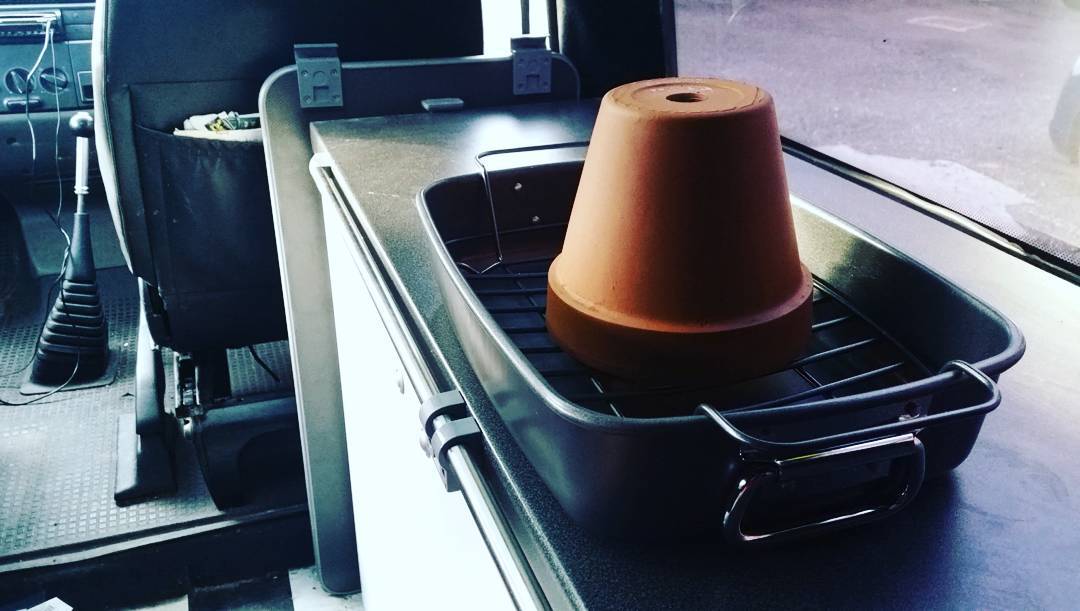Maintaining a healthy garden is all about finding balance between human control and nature. A huge part of this is knowing which organisms (particularly insects) are beneficial to your plants, and which are harmful – basically, which are good and bad bugs for your garden.
Your crops, flowers, hedges and trees – even your lawn, if you have one – all play a part in your garden ecosystem. They interconnect with the insects you attract which, in turn, affect the larger critters you might find (like birds and hedgehogs). Trying to keep your garden too tidy, or using harsh chemicals to keep it in check can have a long-term negative impact on your plant health and overall enjoyment.
Let’s take a look at some common garden insects here in the UK and how your garden maintenance can interact with them. And also, how to balance the good and bad bugs in your little slice of nature.
Which insects are good for your garden?
Okay, so it’s obviously not quite as simple as labelling insects as being good or bad bugs. Depending on what you’re growing and who is enjoying your garden (children, pets etc), you’ll want to weigh up these generalisations a little more carefully. However, the minibeasts in this section are generally considered to be a positive influence on your garden balance.
1. Bumblebees

Of course, these fuzzy little guys are going to be at the top of the list. Pollinators are great for boosting plant production – whether that’s for flowers or crops – and pollinating is what bees do best!
There are over 250 bee species in the UK, and 24 of them are types of bumblebees. You can usually pick these out of a line up thanks to their aforementioned fluff, and also because they seem to be endearingly bad at flying in a straight line.
Bumblebees are typically ‘social’ bees, meaning they live together in colonies. However, the majority of bees in the UK are solitary bees, and appreciate an insect hotel to stay in. You can also welcome bees by planting lots of high-pollen flowers in summer.
2. Ladybirds

Ladybirds are another insect that deserves its good reputation. Not only are the wonderful characters in storybooks and spectacularly dressed, ladybirds prey on aphids and other irritating bugs.
Although they look unique, there are actually over 40 species of this bug, which are actually just a type of beetle. You can, of course, identify them thanks to their bright wing cases (ranging from yellow to orange to red in colour) with dark, round spots. Although, about 20 varieties of ladybird don’t have this distinctive shell.
Why are ladybirds so great? They love to munch on aphids (my personal arch nemesis) and scale insects, limiting their populations. Some varieties of ladybird feed on the mildew fungus, helping you out in other ways. The UK Ladybird Survey has more info on these delightful critters.
3. Hoverflies

Next up: Hoverflies. These guys wear the same black and yellow stripes that we associate with bees or wasps, so they can seem like bad news to the untrained eye. However, hoverflies are much smaller than the typical wasp, don’t make that distinctive “buzz”, and fly in a totally pattern – so double-check before swatting! When you know what you’re looking at, hoverflies are actually pretty fun to watch as they dart around.
Adult hoverflies live off of nectar, and are great pollinators. The reason hoverflies are on this list of good and bad bugs? Their larvae have an absolutely unstoppable appetite for aphids, thrips and caterpillars – all incredibly common garden pests. So the more the merrier!
Invite hoverflies into your garden by growing large, open flowers, like calendulas, Michaelmas daisies and dahlias. As hoverflies don’t have long tongues (like bees or butterflies), they look for nectar in flatter flowers, rather than deeper ones.
4. Dragonflies

Dragonflies are beautiful, but they’re good for more than just scenery. They’re predatory insects, and feed on lots of the flying pests that might plague your garden, like mosquitos and gnats. You can use plants that repel mosquitoes, or set up a small, shallow pond to attract dragonflies.
If you see dragonflies in your garden, it’s a good sign. The presence of dragonflies is usually an indicator of a healthy natural environment, and clean, unpolluted water nearby. Read our tips to attract more dragonflies to your garden.
5. Earwigs

Earwigs are far from my favourite creature, but it turns out they’re pretty good for your garden. They typically live in dark, damp places, like compost heaps, which is probably why they give me the heebie jeebies!
The GOOD thing about earwigs is that their diet includes smaller insects that can destroy your plants, like aphids (among other things). So, if your earwig numbers are relatively low, leave them to hoover up other garden annoyances.
6. Butterflies

Butterflies are excellent pollinators, and a delight to watch fluttering around your flowers. Plus, they’re an important part of the food chain, attracting predators like birds and even bats.
It’s worth remembering that caterpillars can be a pest in high numbers, chomping through the leaves of just about anything. However, one or two won’t pose much of a threat to your shrubs and veggies.
There are all kinds of plants you can grow to attract butterflies, like buddleja, lavender and jasmine. Basically, any varieties that are rich in nectar.
Which bugs are the biggest garden pests?
Again, categorically deciding what are good and bad bugs doesn’t really work. The most irritating pests will depend on where you live and what plants you’re trying to grow. Of course, there are some common offenders – here are my top five.
1. Earwigs

Yes, I know these guys appeared on the “good bugs” list too. While they’re great for controlling an aphid population, earwigs can be a bit of a nightmare if you’re growing clematis, chrysanthemum or dahlia. As I mentioned before, you’ll find earwigs clustered in dark, damp crevices – which is why you’re looking at a picture of a stumpery, instead of another picture of one of my least-favourite critters!
Anyway, earwigs are a prime example of how to keep balance in your garden; in the grand scheme of things, it might be worth keeping some around. If they’re becoming a problem, use earwig traps.
2. Aphids

For me, aphids are hands-down the most annoying pest. I’ll never forget the year I babysat a friend’s tomato plant that I eventually discovered was carrying aphids. I realised because they migrated to all three of my beloved chilli plants, which just couldn’t handle the attack. No matter how many times I washed the aphids away, they always came back – and in greater numbers.
What’s wrong with aphids? They slurp up the sap from your plants, stealing the precious fluids and nutrients that help them grow. As a result, you’ll see limp leaves, shrivelled stems and stunted growth.
As they’re only a couple of millimetres long, you might not spot a lone aphid. However, they tend to appear in groups, and will cluster around the yummiest parts of your plants – new stems or buds. There are a few varieties of aphid, so they could be green, white, brown, red or black.
What is the best way to get rid of aphids? As soon as you notice them, the best thing to do is spray your plant with water or – even better – water with a little bit of dish soap mixed in. You can also use diatomaceous earth to dry them out without harming your plants. Repeat this process a few times to catch newly-hatched aphids.
3. Vine weevils

Vine weevils are a kind of beetle that are down to chomp on just about anything. Adult vine weevils will go for plant leaves, while their grubs at the base of the plant make short work of roots. Container plants are particularly vulnerable, especially on
Weevils are roughly 9mm long and are black, sometimes with dusty yellow markings. Look for notches chomped out the edges of plant leaves. The grubs are about a centimetre long and are completely white except for a brown spot at the tip, and will hang around among the plant roots.
Keep vine weevils under control by encouraging birds. Check your plants with a torch at night to find and pick-off adult bugs.
4. Slugs and snails
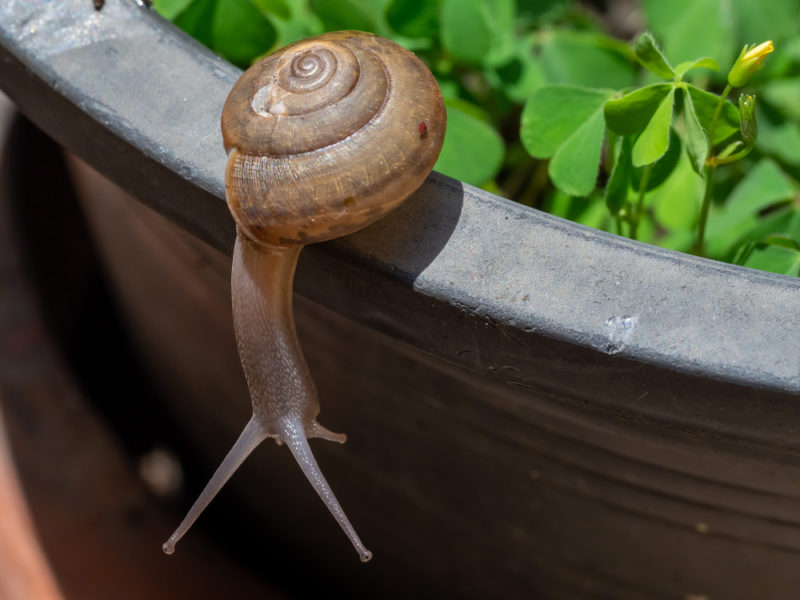
As a kid I used to love snails – they’re so weird! Even now, if I see one crawling across a path on a rainy day, I will occasionally pick it up and move it to the side (but I’m a lover, not a fighter, what can I say). However, it took me exactly one visit to my step-mum’s glorious allotment to completely understand why veggie growers might abhor these slimy so-and-sos.
What’s the problem with snails? They will devour the leaves, stems and flowers of anything they find delicious – mostly seedlings and veggies, but also some ornamental flowers too. Snails and slugs usually come out at night, leaving silvery trails of slime wherever they’ve been… but chances are, you’ll notice the massive holes in your plants first.
Slugs and snails are simply too widespread to ever hope you can get rid of them. Instead, work on redirecting them and, at the same time, protecting your most prized plants. Use beer traps or fruit traps to tempt them, and surround anything vulnerable with a gritty mulch. Finally, encourage predators like hedgehogs, frogs and toads into your garden. More tips to keep snails out of your garden.
5. Caterpillars

Caterpillars are another grub that I find amazing. As garden pests go, they’re actually kind of… cute? Or, at least, they’re cute when you have one or two – caterpillar colonies can quickly strip the leaves off the bushiest plant, leaving it totally destroyed. Plus, they’re not picky eaters, so nothing is safe.
Butterflies are great, so the best way to deal with caterpillars is to pick them off manually and relocate them.
So, the key thing to remember is that all creatures contribute to the balance of your garden in their own way. A diverse garden is a healthy garden!

Save this pin for later











































